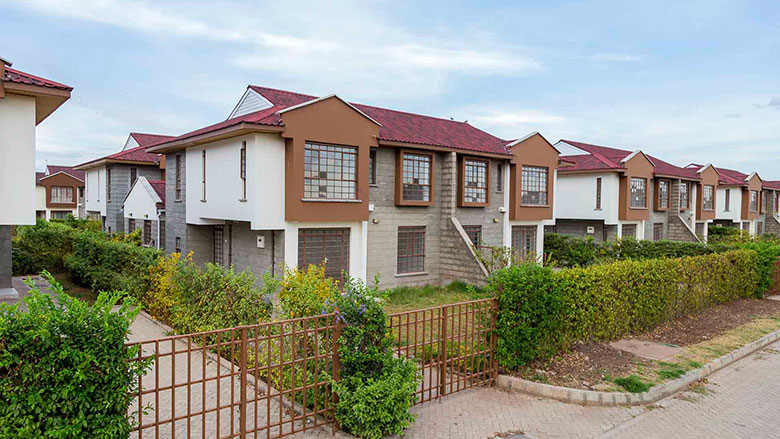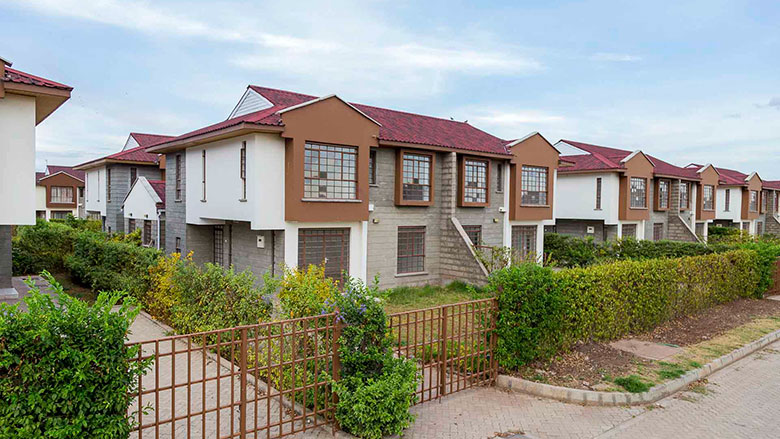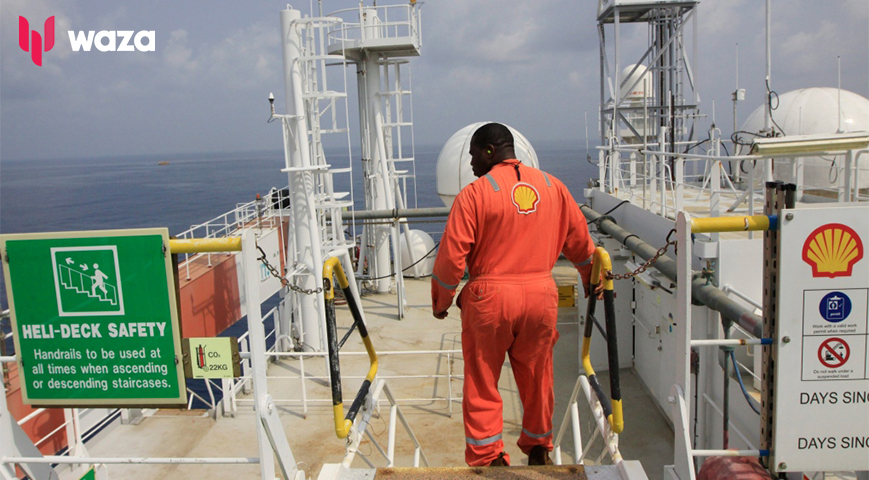Land prices in Nairobi's satellite town reached their most significant level in the fourth quarter of last year due to escalating land demand that slowed down at the height of Covid.
Land prices rose in Ngong, Athi River, Limuru, and Thika by 4.7%, 4.4%, 4.2%, and 3.6%, respectively, according to statistics from realtor HassConsult.

Additionally, the region is drawing speculators as a result of the Rironi-Mau Summit Road construction plans restarting.
Did you read this?
Loresho experienced the most significant increase in land prices, rising by 3.2%, followed by Langata (2.8%) and Runda (2.9%) (2.1%).
According to Hassanali, "Westlands' recent emergence as the city's premier commercial and entertainment hub has increased interest in its neighboring suburbs, adding value to these peaceful communities that offer "
"Investors who lack the resources to afford Spring Valley at Ksh 220 million per acre accumulate by Loresho's cheaper pricing cost of Ksh95.5 million per acre," she said.
Ngong sold 6% of its total housing stock, trailed by Kiserian (5.6%), Ruiru (5.6%), and Tigoni (3.2%).
Similar to this, Ruaka (4.7%), Ongata (4.6%), and Syokimau (3%) were the areas with the most significant increases in rental prices. Kiambu (9%), meanwhile, saw minor increases.
Muthaiga and Nyari each saw a 4.6% increase in housing costs. However, rentals of real estate fell by 1.2% throughout that time.
"Most of the city's townhouse suburbs, including but not limited to Muthaiga, Gigiri, Nyari, Kitisuru, Spring Valley, Loresho, Ridgeways, Runda, and Karen, only allow the construction of one or two houses per acre, according to city planning, leaving a sizable portion of the city locked away for only a small portion of its residents who can afford homes with an average price of 80 million Kenya Shillings." Says Hassanali












